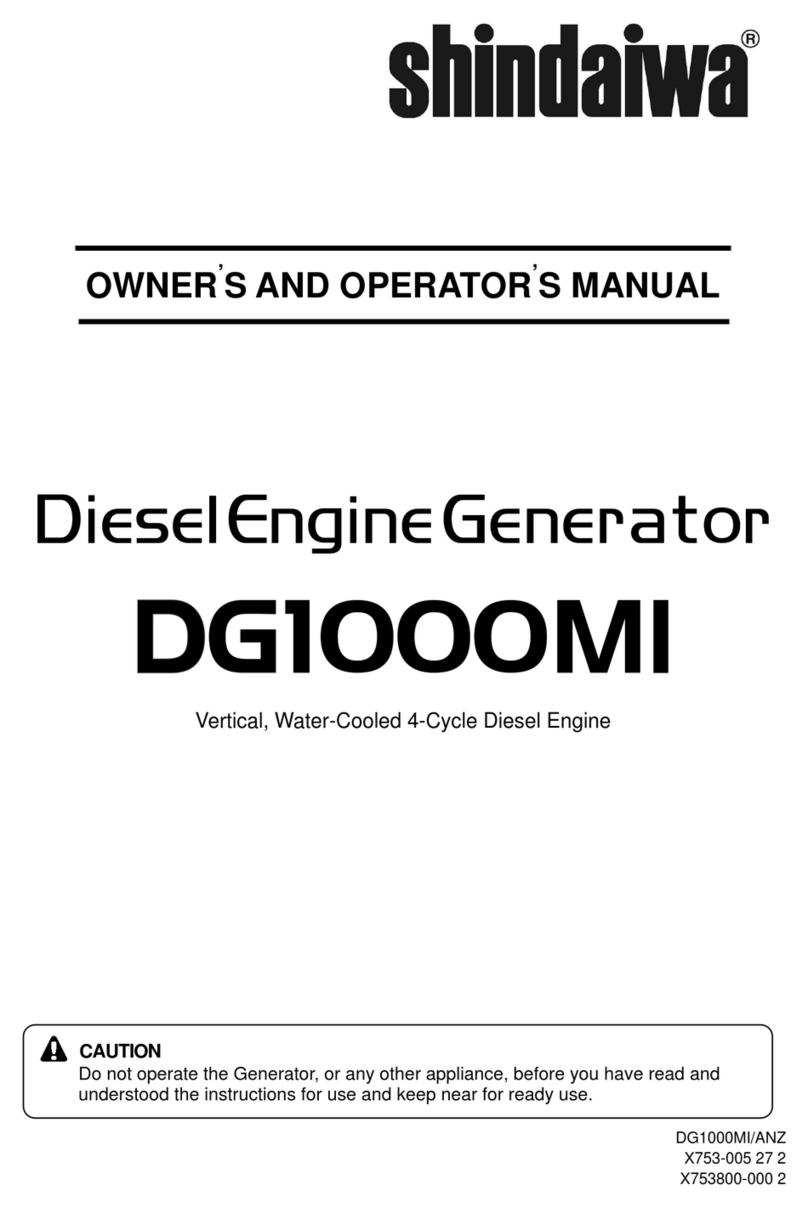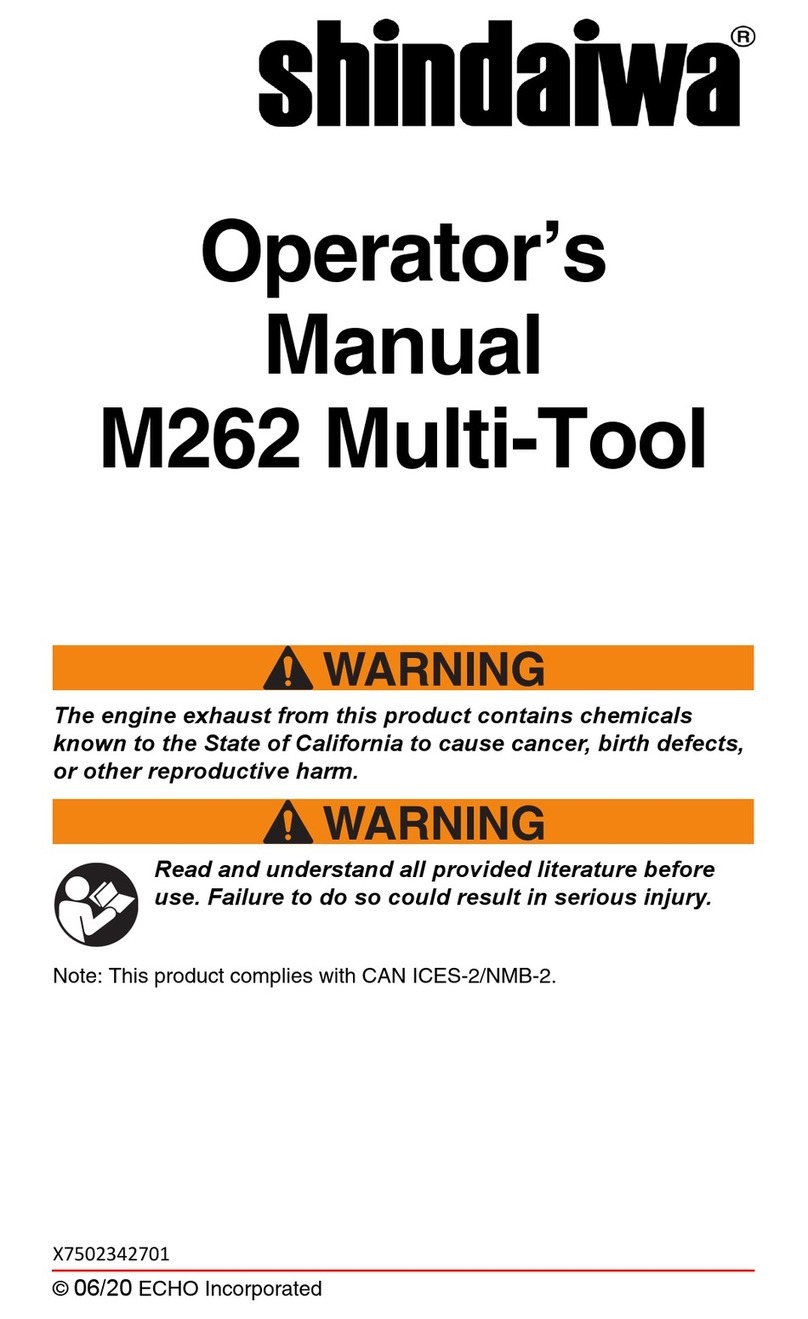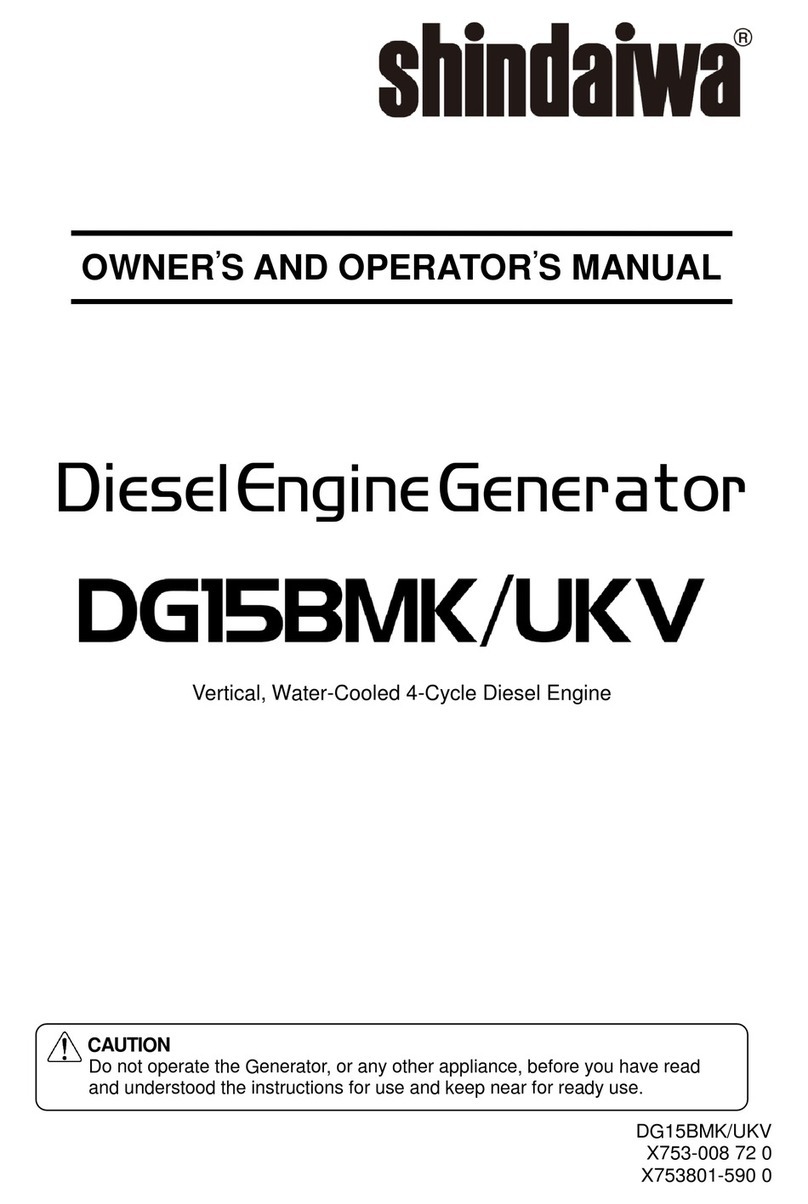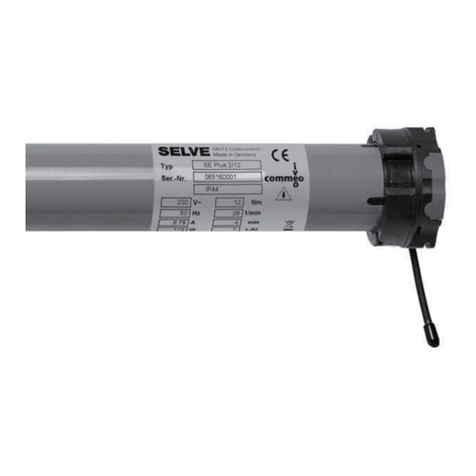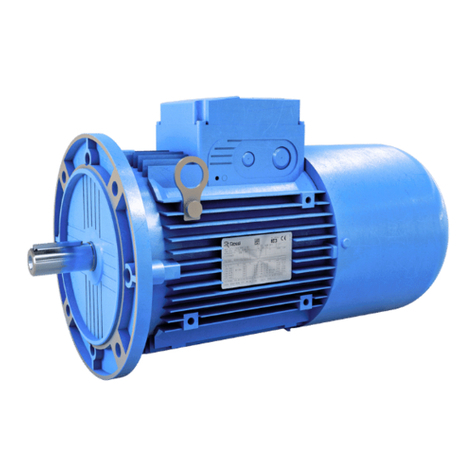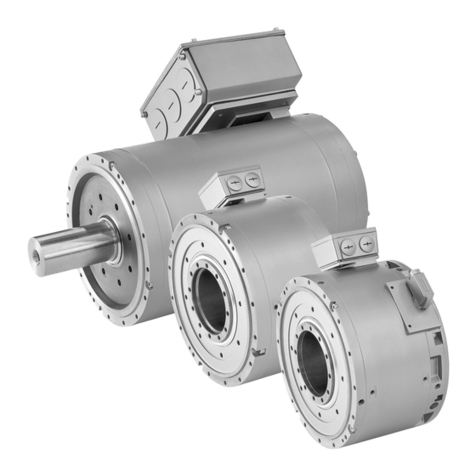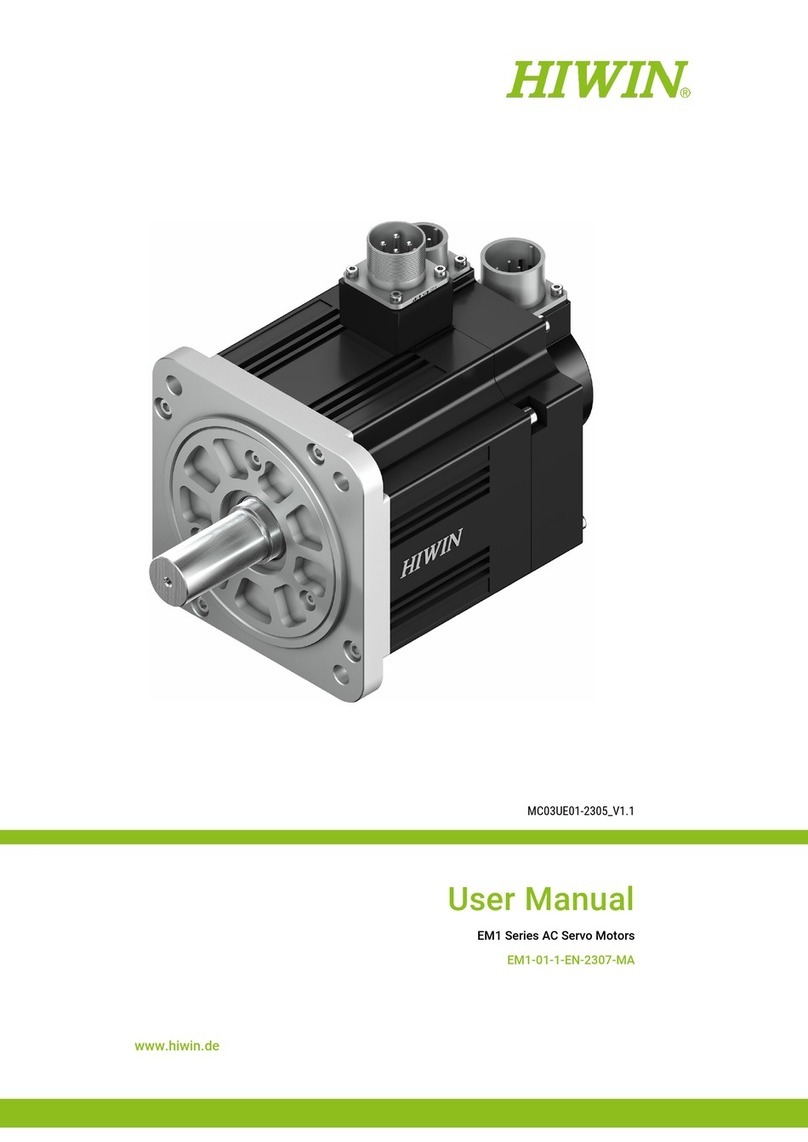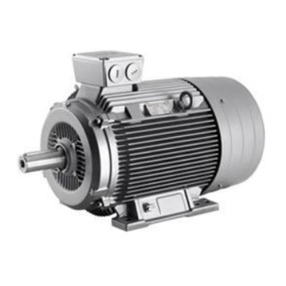
1
Table of Contents
1. Safety Instructions .......................................................................... 2
2. Specifications ................................................................................... 5
2-1. Specifications ............................................................................ 5
2-2. Ambient Conditions ................................................................... 6
3. Applications ..................................................................................... 6
4. Part Names ....................................................................................... 6
4-1. External View/Part Names ........................................................ 6
4-2. Operation Panel Part Names .................................................... 8
4-3. Main Terminal Board ................................................................. 8
5. Equipment ........................................................................................ 9
5-1. Controller ................................................................................... 9
5-2. Switches .................................................................................. 11
5-3. Voltage Regulator and Throttle Lever ...................................... 13
5-4. Fuel Piping Switch (3Way Fuel Valve) ..................................... 14
6. Transporting/Installing .................................................................. 15
6-1. Transport Procedures .............................................................. 15
6-2. Installation Procedures ............................................................ 16
7. Load Connections ......................................................................... 17
7-1. Load Cable Selection .............................................................. 17
7-2. Connecting Load Cables ......................................................... 18
7-3. Earth Leakage Relay and Grounding ....................................... 19
8. Pre-Operation Inspection .............................................................. 22
8-1. Checking Engine Oil ................................................................ 22
8-2. Checking Coolant .................................................................... 23
8-3. Checking the Fan Belt ............................................................. 25
8-4. Checking the Fuel ................................................................... 26
8-5. Checking for Fuel, Oil and Coolant Leaks ............................... 27
8-6. Checking the Battery ............................................................... 27
9. Operating Procedures ................................................................... 29
9-1. Initial Startup/Pre-Check .......................................................... 29
9-2. Procedures during Operation .................................................. 31
9-3. Stopping Operation ................................................................. 32
9-4. Protective Functions ................................................................ 33
9-5. Connecting with External Fuel Tank ........................................ 34
10. Inspection/Maintenance ................................................................ 35
11. Long-Term Storage ........................................................................ 43
12. Troubleshooting ............................................................................. 44
13. Generator Circuit Diagram ............................................................ 48
14. Engine Electrical Circuit Diagram ................................................ 49



